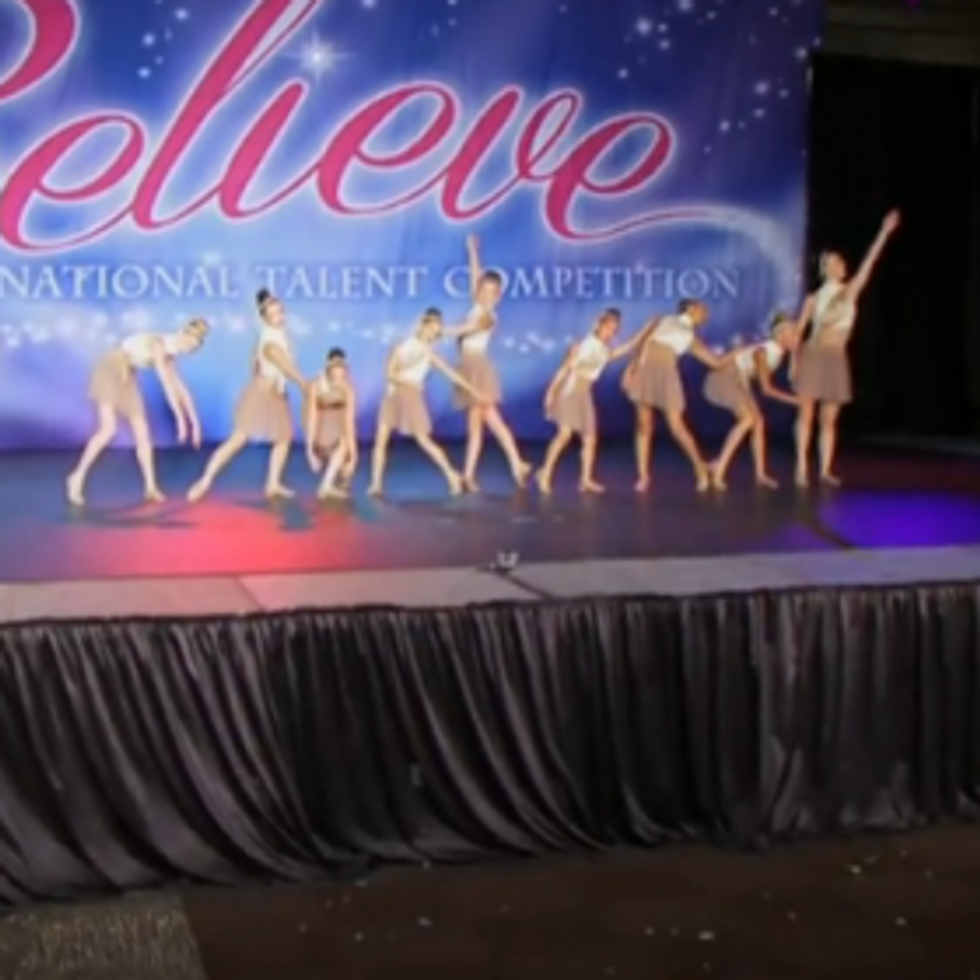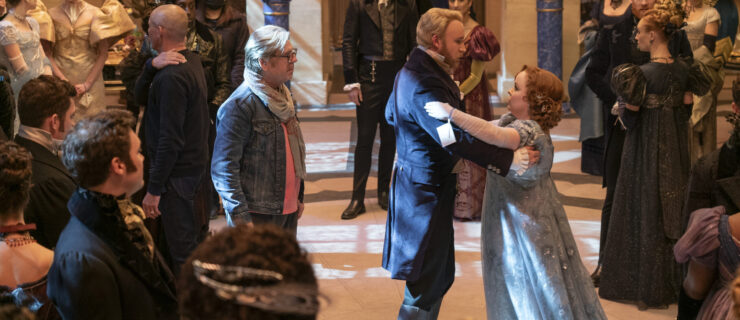Why Épaulement Is So Important—and How to Develop It
It’s in Odette’s gracefully arched neck, the Lilac Fairy’s regal bearing, even a contemporary dancer’s extreme lines. The “it” in question? Épaulement—the nuanced positioning of the head, shoulders, and neck. Using your épaulement (which translates, literally, as “shouldering”) does more than make your dancing prettier: It makes it better, richer, and more artistic. But achieving effortless épaulement is easier said than done, especially since technique classes tend to focus on the legs and feet.
Identifying Épaulement
Épaulement goes beyond the head and neck. “It’s everything from your ribs, to your shoulders, to your arms, to your head tilt,” says Oregon Ballet Theatre principal dancer Jacqueline Straughan. “It’s vital to think of all those parts working together.”
Just like the height of the leg, the degree of your épaulement can vary. In the Vaganova method, for example, “you can have basic croisé, little pose croisé, or big pose croisé, and small arms épaulement or big arms épaulement,” says Kirov Academy of Ballet teacher Anastasia Dunets. You can also tailor these positions further depending on the role you might be playing. Juliet’s open, expansive épaulement is very different from Kitri’s sharp angles.
More Than the Icing on the Cake
Épaulement is subtle, which can lead dancers to mistakenly think of it as a finishing touch—something to add onstage, not to focus on during class. But Jenifer Ringer, former New York City Ballet principal dancer and now director of the Colburn Dance Academy in L.A., urges otherwise: “Épaulement can go such a long way in increasing your coordination and ability to accomplish certain steps.” Straughan agrees. “The head is a substantial weight,” she says. “When it’s placed correctly over the supporting side, it helps with something as simple as a transition step.” For example, if you’re standing in B-plus about to launch into grand allégro, you’ll be able to move more freely and quickly if your head’s weight is helping with the impetus, rather than staying stiffly perched.
Think of your épaulement as movement rather than a static shape. Straughan notes that if you just tilt your neck and leave it there without letting the position move and adjust to what’s going on underneath, you’ll get tension, awkward angles, and cramping.
 Straughan and Peter Franc in Nicolo Fonte’s “Giants Before Us” (photo by Yi Yin, courtesy OBT)
Straughan and Peter Franc in Nicolo Fonte’s “Giants Before Us” (photo by Yi Yin, courtesy OBT)
Feel, Don’t See
If you rely on the mirror to see if your head is complementing your line, you’ll have difficulty reproducing the movement onstage. “Épaulement has to be a part of your dancing, so that when you get into a high-pressure situation, you can rely on the body mechanics that you’ve already built,” Ringer says.
Internalizing correct upper-body movement also means knowing which muscles to engage. Strengthening your lats and upper abdominals will help you find more space and freedom to use your épaulement. Straughan suggests yoga, arm resistance exercises with a Thera-Band, or even some light weight-lifting to help trigger your lats and other upper-torso muscles.
Now Dance!
We all have bad days—those classes where nothing seems to be working technically. It’s times like these when using your épaulement is especially important. “You’re here to dance,” says Ringer. “A lot of times just remembering your épaulement brings everything back into focus.”
Even if you’ve nailed triple pirouettes and can jump like you’re on a springboard, impressive pyrotechnics alone don’t cut it in the dance world. “At the end of the day, we’re not gymnasts, we’re dancers,” Ringer says. “We’re creating art, and it should be beautiful and expressive. So much of that comes from épaulement.”
A version of this story appeared in the April 2018 issue of
Dance Spirit with the title “Get Your Head (and Shoulders) In The Game.”




